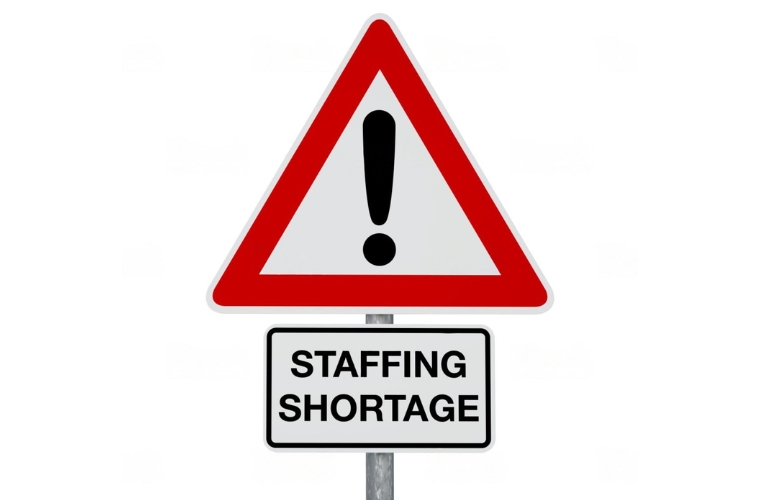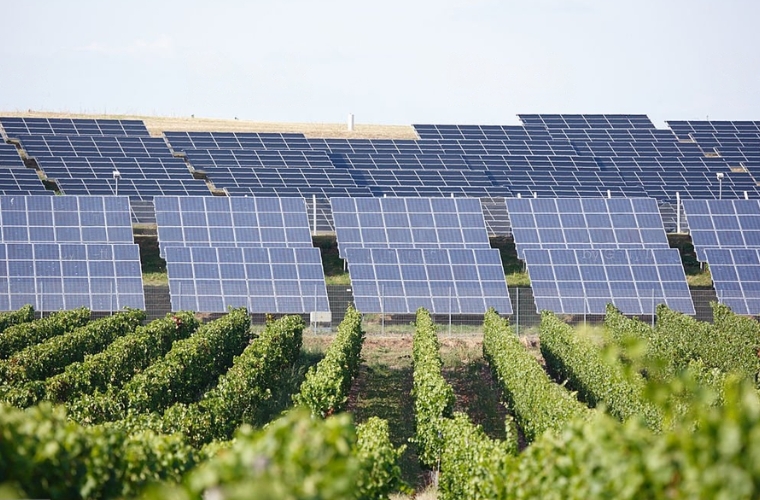Super Early Bird Deadline
October 31, 2025
Judging
Date
May 18, 2026
Winners
Announced
June 10, 2026

California has long been renowned for its exceptional wines, with the region's vineyards successfully producing some of the finest varietals. However, the state's wine industry faces a unique set of challenges and opportunities. From changing climate patterns to evolving consumer preferences, wine producers in California must navigate a complex landscape to maintain their competitive edge. This necessitates exploring the challenges and opportunities faced by California's wine producers, as well as the long-term outlook for the industry.

One of the most significant challenges facing wine producers in California is the impact of climate change. Rising temperatures, prolonged droughts, and increased frequency of wildfires have the potential to affect vine health, grape quality, and overall wine production. Vineyard owners must adapt their cultivation practices and invest in sustainable irrigation systems to mitigate the risks associated with climate change.

California has a history of water scarcity issues, and wine production requires substantial amounts of water. The state's wine producers must find innovative ways to optimize water usage, such as implementing drip irrigation systems and exploring drought-resistant grape varieties. Additionally, adherence to strict water regulations and sustainable water management practices is crucial for long-term sustainability.

Another challenge faced by wine producers in California is the ongoing labor shortages. With the tightening of immigration policies and competition from other industries, wineries struggle to find skilled and experienced workers for vineyard management, harvesting, and winemaking. As a result, vineyard owners are increasingly turning to technology and automation to streamline processes and reduce dependency on manual labor.
There are two sides to every coin, of course, so there are also extant opportunities.

California's wine regions, such as Napa Valley and Sonoma County, attract millions of visitors each year. Wine tourism presents a significant opportunity for wine producers to diversify their revenue streams. By offering immersive experiences, including vineyard tours, tastings, and food pairings, wineries can cultivate brand loyalty and drive direct sales. Additionally, collaborations with local restaurants, hotels, and tour operators can further enhance the wine tourism experience.

As consumer awareness and demand for sustainability grow, California's wine producers have the opportunity to showcase their commitment to environmentally friendly practices. Implementing organic and biodynamic farming methods, adopting renewable energy sources, and reducing carbon emissions not only contribute to the preservation of the region's natural resources but also appeal to eco-conscious consumers who actively seek out sustainable products.
Innovating and Adapting: In the face of challenges, wine producers in California have consistently demonstrated their ability to innovate and adapt. From experimenting with new grape varieties that are better suited to changing climate conditions to embracing technology-driven vineyard management systems, the industry has shown resilience and a willingness to evolve. Embracing digital marketing and e-commerce platforms also opens up new avenues for reaching consumers and expanding market reach.
Despite the challenges, the long-term outlook for wine producers in California remains promising. The state's unique combination of diverse microclimates and terroirs, coupled with a rich winemaking heritage, provides a strong foundation for continued success. The growing global demand for premium wines presents export opportunities for California wineries, allowing them to showcase their craftsmanship on an international stage.
Here are two examples of wine producers in California that have taken advantage of the opportunities with a long-term vision, First, Jackson Family Wines, a prominent wine producer in California. Jackson has embraced sustainability and innovation as part of its long-term vision. The company has made significant investments in renewable energy sources, such as solar panels and wind turbines, to reduce its carbon footprint. They have also implemented water conservation practices and prioritize biodiversity in their vineyards.
In terms of wine tourism, Jackson Family Wines has created immersive experiences for visitors at several of their wineries, including Kendall-Jackson and La Crema. They offer vineyard tours, educational programs, and food and wine pairing events to provide an enriching experience for visitors. By focusing on sustainable practices and delivering exceptional wine tourism experiences, Jackson Family Wines has positioned itself as a leader in the industry.
Second, The Hess Collection Winery has embraced both sustainability and innovation. The winery utilizes solar power, which provides nearly all of its energy needs. Additionally, they have implemented organic and biodynamic farming practices, prioritizing soil health and biodiversity in their vineyards. The Hess Collection Winery has also leveraged wine tourism to create a unique and memorable visitor experience. Their winery is home to an exceptional art collection, featuring works by renowned artists. Visitors can enjoy guided tours of the winery and art gallery, along with wine tastings. This integration of art and wine tourism has allowed the winery to differentiate itself and attract a diverse range of visitors.
[[relatedPurchasesItems-46]]
Both Jackson Family Wines and The Hess Collection Winery exemplify the long-term vision and commitment to sustainability and innovation that enables wine producers in California to seize opportunities. By incorporating sustainable practices, creating engaging wine tourism experiences, and focusing on quality, these wineries have established themselves as leaders in the industry and are well-positioned for continued success.
However, the industry must continue to address the challenges posed by climate change and water scarcity. Proactive measures such as investing in sustainable practices, implementing advanced irrigation techniques, and ongoing research and development efforts will be crucial for ensuring the long-term viability of the industry.
Furthermore, collaboration and knowledge-sharing among wine producers, research institutions, and government agencies are essential for navigating the evolving landscape successfully. By fostering partnerships and leveraging collective expertise, the industry can tackle common challenges and find innovative solutions.
In the end, while wine producers in California face significant challenges, ample opportunities exist for growth and success. By embracing sustainable practices, capitalizing on wine tourism, and fostering innovation, the industry can continue to thrive. With a forward-thinking approach and a commitment to quality, California's wine producers are well-positioned to maintain their reputation as global leaders in the world of wine.
Enter your Wines now and get in front of top Sommeliers, Wine Directors, and On-Premise Wine Buyers of USA.
